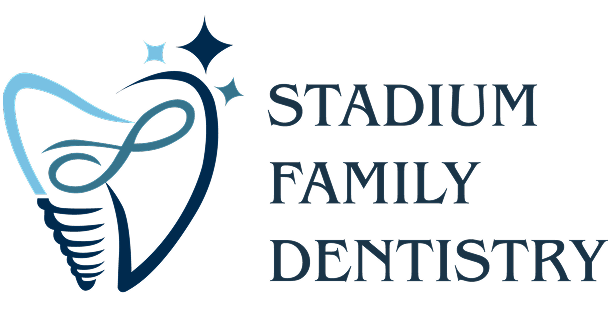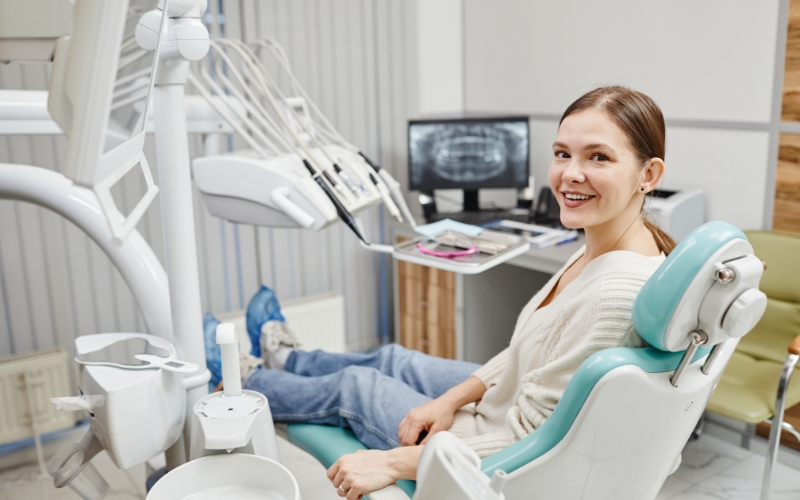
Cosmetic dentistry has evolved greatly with technological advancements. These advancements help dentists offer more precise, efficient, and less invasive treatments. From improving smiles to fixing dental problems, the latest technologies in cosmetic dentistry are enhancing results. Advanced technology also makes procedures faster and more comfortable for patients. In this blog, we’ll explore some of the cutting-edge technologies that are transforming cosmetic dental procedures.
Laser Dentistry: Precision and Comfort
Laser technology has revolutionized many areas of dentistry, including cosmetic treatments. Lasers offer precision and minimal discomfort, making them popular for various dental treatments. Dentists use laser technology in cosmetic dentistry for teeth whitening, gum reshaping, and cavity detection.
- Gum Contouring: Laser gum contouring is an effective way to treat a “gummy smile.” Lasers can create a more balanced and aesthetic smile by removing excess gum tissue. Conventional stitches are not required in this procedure, being minimally invasive. It also offers faster recovery and less discomfort.
- Teeth Whitening: Laser teeth whitening is another widely practiced procedure with positive results. It speeds up the whitening process by activating a special whitening gel with the laser, resulting in a brighter smile in a shorter amount of time.
- Cavity Detection: Professionals use lasers to detect early stages of tooth decay. This non-invasive technique allows dentists to identify cavities that may not be visible on traditional X-rays, enabling early treatment and better outcomes.
CAD/CAM Technology: Custom Restorations in a Single Visit
One of the most groundbreaking technologies in cosmetic dentistry is CAD/CAM (Computer-Aided Design/Computer-Aided Manufacturing). CAD/CAM technology allows dentists to create custom dental restorations like crowns, veneers, and bridges in a fraction of the time it would traditionally take.
- Same-Day Restorations: Traditionally, getting crowns or veneers required multiple visits to the dentist, with temporary restorations in between. With CAD/CAM technology, dentists can now design and create custom restorations in one visit. You need to go under a scanner; the restoration will be designed digitally and then fabricated in the office using a milling machine. This means no more waiting days or weeks for a lab to produce your restoration.
- Precision and Fit: CAD/CAM allows for highly accurate designs based on digital impressions of your teeth, which means the final product fits better and looks more natural than traditional restorations. This reduces the need for adjustments and ensures optimal comfort and functionality.
3D Printing: Creating Custom Restorations
3D printing has quickly become a valuable tool in cosmetic dentistry, enabling the creation of highly detailed and customized dental restorations, including crowns, dentures, and implants. Objects can be created with 3D printing works layer by layer based on a digital design.
- Customized Implants and Crowns: Using virtual designs, dentists can create dental implants and crowns with utmost precision, matching the patient’s teeth and gums perfectly. Modern technology allows for highly personalized restorations that are more durable and natural-looking.
- Dental Models: 3D printing is also used to create accurate models of a patient’s teeth, which are invaluable in designing custom treatment plans. Communication between patients and dentists has become much easier, and it ensures that the final result meets the patient’s aesthetic goals.
Digital Impressions: Replacing Traditional Molds
Taking dental impressions used to involve using sticky, uncomfortable putty, which could often lead to gagging or inaccurate results. Thanks to digital impression technology, these traditional molds are becoming a thing of the past.
- Accuracy and Comfort: Digital impressionists use a portable scanner to create a 3D image of your teeth and gums. This is more comfortable for the patient and results in a highly accurate model for designing restorations like crowns, bridges, and veneers.
- Faster Treatment: Digital impressions eliminate the need to wait while traditional molds are set, leading to a quicker, more efficient process. Dentists can send the data immediately to a lab or use it in the office for CAD/CAM restorations, speeding up the treatment procedure.
Intraoral Cameras: Visualizing the Treatment Process
Intraoral cameras are small, handheld devices that allow dentists to take detailed images of your mouth. These cameras are a valuable tool for cosmetic dentistry as they enable patients to see the issues firsthand and understand their treatment options better.
- Clear Visualization: By providing a clear, real-time view of the teeth and gums, intraoral cameras allow dentists to pinpoint areas that require attention, such as cracks, decay, or gum recession. This gives patients a better understanding of the problems and the solutions available.
- Improved Treatment Planning: Intraoral camera images are used to plan and explain procedures more effectively, ensuring the dentist and the patient are on the same page regarding treatment goals.
Virtual Smile Design: Previewing Your Perfect Smile
One of the most exciting trends in cosmetic dentistry is virtual smile design. During consultation, dentists create a preview of a patient’s treatment. This allows patients to preview the final result before undergoing any procedures.
- Personalized Treatment Plans: Virtual smile design helps patients decide which treatments best achieve their aesthetic goals. Patients can visualize the potential outcome, whether teeth whitening, veneers, or orthodontics. It will boost your morale and help you understand your final result.
- Increased Patient Confidence: You will feel more confident and involved in your treatment plan, and you will be able to see the outcome of a procedure. This technology helps eliminate uncertainty and ensures the treatment aligns with the patient’s vision for their smile.
Computer-Guided Implant Surgery: Precision in Placement
Dental implants have become a standard solution for replacing missing teeth, and the latest innovation in implant dentistry is computer-guided surgery. This technology uses 3D imaging and planning software to map the precise location and angle for implant placement.
- Minimal Invasiveness: By planning the surgery with computer precision, dentists can place implants with minimal incisions, reducing the risk of complications and improving recovery time.
- Improved Outcomes: Computer-guided implant surgery ensures that implants are placed in the optimal position, improving the procedure’s aesthetic and functional outcomes.


